Discovering the different types of coffee can enrich your coffee experience in ways you never imagined. Coffee is not just a beverage; it’s a deep exploration of culture and history. In this article, we’ll dive into the popular varieties of coffee and what makes each one unique, so stick with us until the end!
There are many types of coffee, including Arabica, Robusta, and even specialty coffees. By understanding their distinct characteristics and flavors, you might just find your new favorite cup. We’ll also touch on the history and cultural significance of coffee as we embark on this journey together.
Enjoying coffee goes beyond mere preference; it’s a delightful experience that adds color to our lives. So why not take this opportunity to step into the fascinating world of coffee?
- In-depth explanations of popular coffee varieties and their characteristics
- A look back at coffee’s historical background
- An exploration of coffee’s role in culture
What Are the Most Popular Types of Coffee?
Coffee is a beloved beverage around the world, and its varieties are vast. Among them, two types stand out: Arabica and Robusta. Each coffee type has its own unique characteristics influenced by flavor, aroma, and the environment in which it’s grown. Recently, specialty coffee has also gained attention, becoming increasingly popular among those seeking higher quality brews.
In this article, we’ll first explore the differences between Arabica and Robusta, and then we’ll delve into the allure of specialty coffee. By the end, you’ll find your coffee choices even more enjoyable.
The Differences Between Arabica and Robusta
Arabica and Robusta are the two main coffee varieties. Arabica is known for its sweetness and acidity, generally regarded as the higher-quality option. On the other hand, Robusta is characterized by its strong bitterness and higher caffeine content. These two varieties offer a delightful selection experience, as their flavors can vary greatly depending on the growing conditions and cultivation methods.
Arabica thrives in high-altitude regions and prefers a temperate climate, while Robusta flourishes in lower elevations and is commonly cultivated in tropical areas. Understanding these differences can help you find the coffee that best matches your taste preferences.
- Arabica boasts rich sweetness and acidity
- Robusta has a stronger bitterness and higher caffeine
- Growing conditions vary by variety
The Allure of Specialty Coffee
Specialty coffee refers to high-quality coffee that meets specific criteria. These beans are carefully selected, with meticulous attention paid to every step from cultivation to harvesting and processing. As a result, they offer exceptional flavor and aroma. For coffee enthusiasts, specialty coffee provides a truly special experience.
Additionally, specialty coffee has the advantage of showcasing the faces behind the production. By learning about the producers’ stories and cultivation methods, you can connect with the coffee on a deeper level every time you take a sip. This variety allows you to appreciate the cultural and human connections that come with your cup of coffee, enhancing your overall experience.
- Specialty coffee uses high-quality beans
- Careful attention is given from cultivation to processing
- Knowing the producers’ stories enriches your experience
A Look Back at the History of Coffee
The history of coffee is ancient, with its roots tracing back to Ethiopia. Early people experienced the effects of coffee by consuming the beans in various forms, and over time, its popularity spread beyond its homeland, making its way through the Arabian Peninsula and into cultures around the world. In this journey, coffee transformed from a simple beverage into a deep-seated aspect of culture and society.
In this chapter, we will explore how coffee traveled from Ethiopia to the rest of the world, as well as the birth of coffeehouses. This exploration will help us appreciate the rich history of coffee and understand the foundations of modern coffee culture.
From Ethiopia to the World
The story of coffee began in the highlands of Ethiopia. According to legend, a shepherd named Kaldi noticed that his goats became energetic after eating coffee cherries. This discovery sparked the beginning of coffee consumption, which gradually spread to the Arabian Peninsula.
By the 16th century, coffee made its way to Turkey, Persia, and Egypt, where it became particularly valued as a social drink in the Ottoman Empire. This was a crucial step that laid the groundwork for the coffee culture that would later flourish in Europe.
- Coffee’s origins lie in Ethiopia
- The legend of Kaldi helped popularize coffee drinking
- Coffee spread through the Arabian Peninsula to other regions
The Birth of Coffeehouses
As coffee gained popularity, coffeehouses began to emerge as social hubs. The first coffeehouse opened in Istanbul in the 17th century, providing a space for people to gather, engage in conversation, enjoy music, and participate in lively debates. This culture spread to Europe, where coffeehouses became important meeting places for intellectuals and merchants, particularly in England and France.
These establishments served not only as venues for socializing but also as centers for information exchange and commerce, becoming hotspots for Enlightenment ideas and political discussions. The historical significance of coffeehouses can still be felt in today’s café culture.
- The first coffeehouse opened in 17th century Istanbul
- A social gathering place that fostered culture
- Coffeehouses became centers for politics and commerce
The Role of Coffee in Culture
Coffee is more than just a beverage; it has played a significant role across various cultures around the world. In Europe and the United States, coffee serves as a social hub, bringing people together and fostering community. In this chapter, we will delve into the café culture of Europe and the coffee revolution in America, exploring how coffee is integrated into the fabric of culture.
Moreover, coffee not only quenches thirst but also connects people in diverse ways throughout history and culture. By understanding the different ways coffee is enjoyed and its significance in each region, you can enrich your own coffee experience.
European Café Culture
In Europe, cafés have long been more than mere dining establishments; they have served as vital centers for culture and intellectual exchange. Since the 17th century, particularly in France and Italy, many thinkers and artists have gathered in cafés to engage in creative discussions. This led cafés to become crucial venues for the development of literature and philosophy.
Additionally, café culture has expanded as a social space, where friends and families spend time together, and business meetings take place. Conversations over coffee continue to thrive today, creating an environment ripe for cultural exchange.
- Cafés in Europe are centers for culture and ideas
- Intellectuals and artists gather to engage in creative discussions
- They also play an important role as social spaces
The Coffee Revolution in America
In recent years, the coffee culture in America has undergone a significant transformation. The rise of the third-wave coffee movement has heightened awareness around coffee quality and the production process. As a result, coffee has evolved from being just a drink to an artistic experience.
In cafés, baristas craft handmade coffee and emphasize sharing the stories behind the beans and the producers. This allows consumers to enjoy their coffee with a deeper understanding and a sense of connection to local communities and farmers.
For those interested in the history and culture of coffee in other regions, we recommend this article: “The Role of Cafés in the Shadow of Revolution: How French Café Culture Influenced History”. It provides an in-depth look at how French cafés have shaped historical events, helping you gain a greater appreciation for the cultural significance of coffee.
- The third-wave coffee movement raises awareness of quality
- Baristas serve handmade coffee and share stories
- Consumers enjoy coffee with a deeper understanding
Savoring the Modern Coffee Boom
Lately, coffee has been gaining a lot of attention, particularly with the rise of the “Third Wave” movement. This trend emphasizes viewing coffee as more than just a beverage; it encourages a culture that values the origin of the beans, roasting methods, and brewing techniques. As a result, consumers are seeking out higher-quality coffee, leading to a more diverse array of ways to enjoy this beloved drink.
Additionally, more people are savoring their coffee at home these days. Home coffee moments serve as a refreshing break from the chaos of daily life and a chance to connect with family and friends. In this section, we’ll dive into the impact of the Third Wave and explore how to enhance your coffee experience at home.
The Impact of the Third Wave
The Third Wave movement focuses on the entire coffee journey, from production to consumption, with a strong emphasis on quality and sustainability. This shift has led to the rise of “direct trade,” where farmers can supply beans directly to consumers. This connection allows coffee drinkers to learn the stories behind their brews.
Moreover, the Third Wave has inspired baristas to experiment with new brewing methods, enhancing the flavors and aromas of coffee. As a result, consumers can enjoy a richer coffee experience than ever before.
- Third Wave prioritizes coffee quality and sustainability
- Direct trade strengthens the bond between farmers and consumers
- Innovative brewing methods from baristas enhance flavor profiles
Enjoying Coffee at Home
A coffee break at home is an important moment for relaxation and enjoyment. Recently, it’s become easier than ever to access professional-grade coffee equipment and beans, encouraging many to try brewing their favorite cup at home.
By experimenting with different brewing methods like coffee makers, French presses, and pour-overs, you can truly appreciate the nuances of coffee. Additionally, paying attention to bean selection, roast levels, and grind size allows you to create a unique cup that suits your personal taste.
- Increasing number of people enjoying premium coffee at home
- A variety of equipment and beans are now readily available
- There’s a growing joy in customizing brewing methods and bean choices
Conclusion
In this article, we explored the various popular types of coffee and the stories behind them. By understanding the differences between Arabica and Robusta, as well as the allure of specialty coffee, you can enrich your coffee selection. We also touched on the history of coffee and its cultural significance, revealing how today’s coffee boom has come to be.
Additionally, we discussed the impact of the third wave of coffee and how to enjoy coffee at home. With this knowledge, you should be able to deepen your own coffee experience.
- Understand the characteristics of Arabica, Robusta, and specialty coffee
- Learn about coffee’s history and cultural significance
- Discover ways to enjoy the modern coffee boom
Coffee is a delightful beverage that adds color to our lives. We’d love to hear about your coffee experiences and favorite types in the comments!








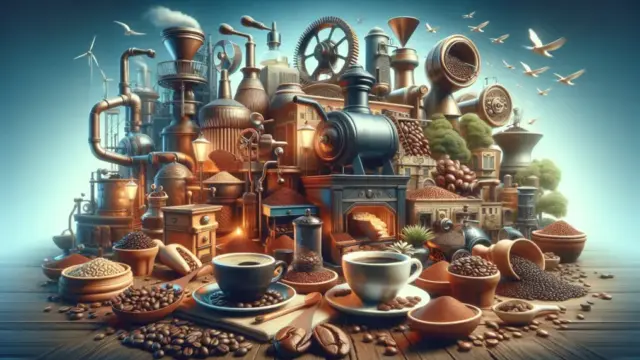





























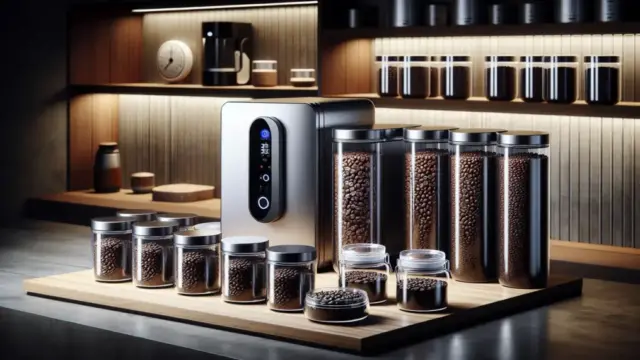





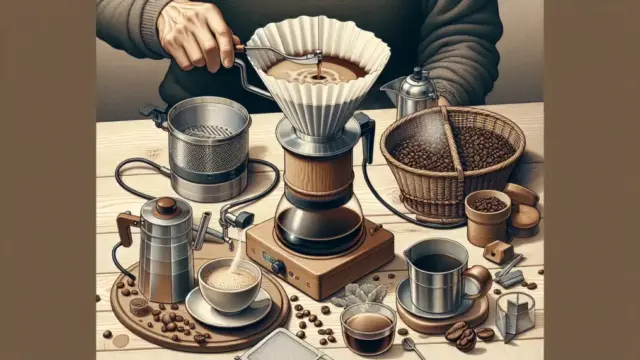


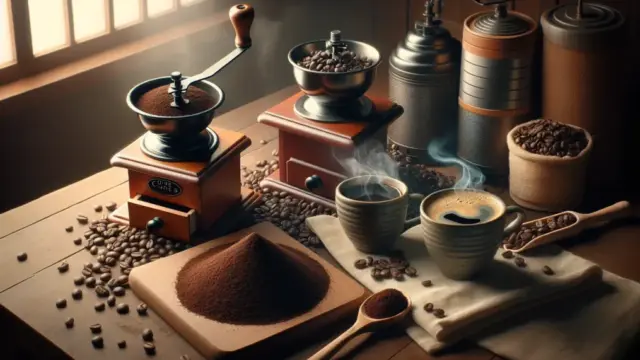








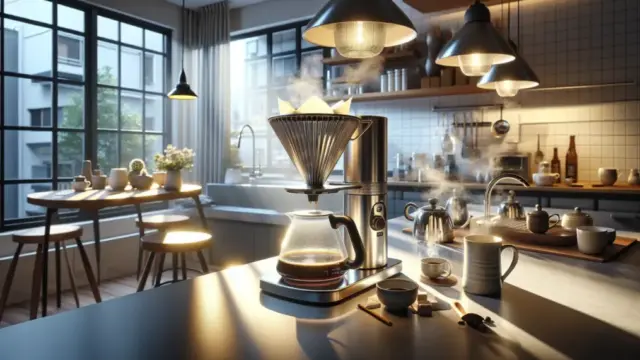










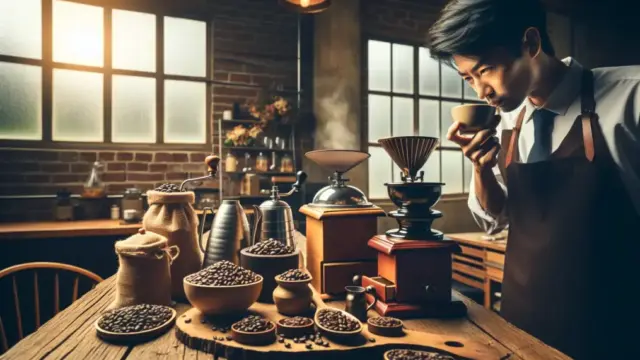







Comment